Low Carbs vs High Carbs, Bad Carbs vs Good Carbs, What is the Carb Confusion Truth?
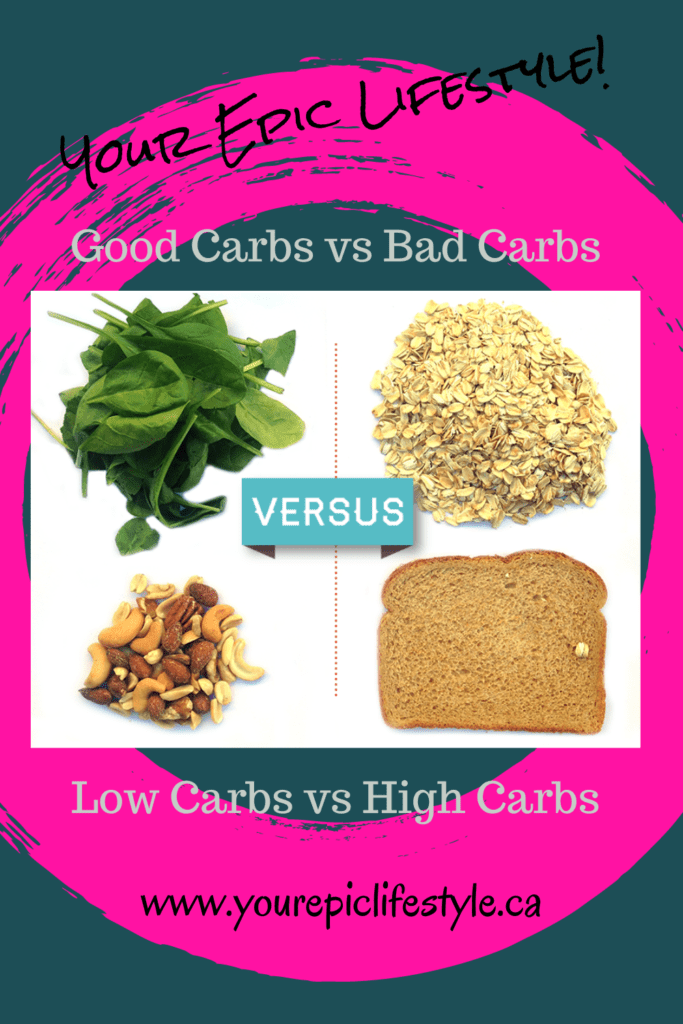
With all the chatter, uncertainty, and debate in recent years about “carbs”, I wanted to give you my take on low carbs vs high carbs, bad carbs vs good carbs, and clear up some of the “carb confusion” out there.
I will also reveal to you some of my favourite healthy carbohydrate options, and explain why they are more beneficial than others.
To begin I want to be clear, I’m not a “low carb” extremist by any means, I do think that one of the main causes of so many peoples struggles to lose any body fat is that regardless of simple vs complex carbs, they are over-eating sugary carbohydrates and processed grain-based carbohydrates such as:
- sodas packed with sugar and/or high fructose corn syrup)
- juices without any of the fruit fibre and way too much fructose and total sugar
- bread, if you’re goal is to lose body fat & prevent digestive system damage, even whole grain varieties, are not ideal)
- bagels
- muffins
- rice
- cereals
- pasta
- candies
- crackers
It is very difficult to lose body fat if you’re overeating any of these kinds of carbs (even if you work out consistently).
In addition to these foods causing erratic blood sugar highs and lows and insulin spikes which can elevate body fat deposits and force your hormone balance out of whack, consuming too many of these carbs also boosts your appetite and cravings, causing you to EAT MORE CALORIES overall as opposed to if you just ate a higher percentage of healthy fats.
You may or may not have noticed, I did not add potatoes to the list of processed carbohydrates. Contrary to the trash-talking they get from numerous fitness professionals, I believe potatoes (not deep-fried fries or chips) are a nutrient-dense healthy food overall, even though the skins of potatoes do hold small amounts of toxins (more on that in a later article).
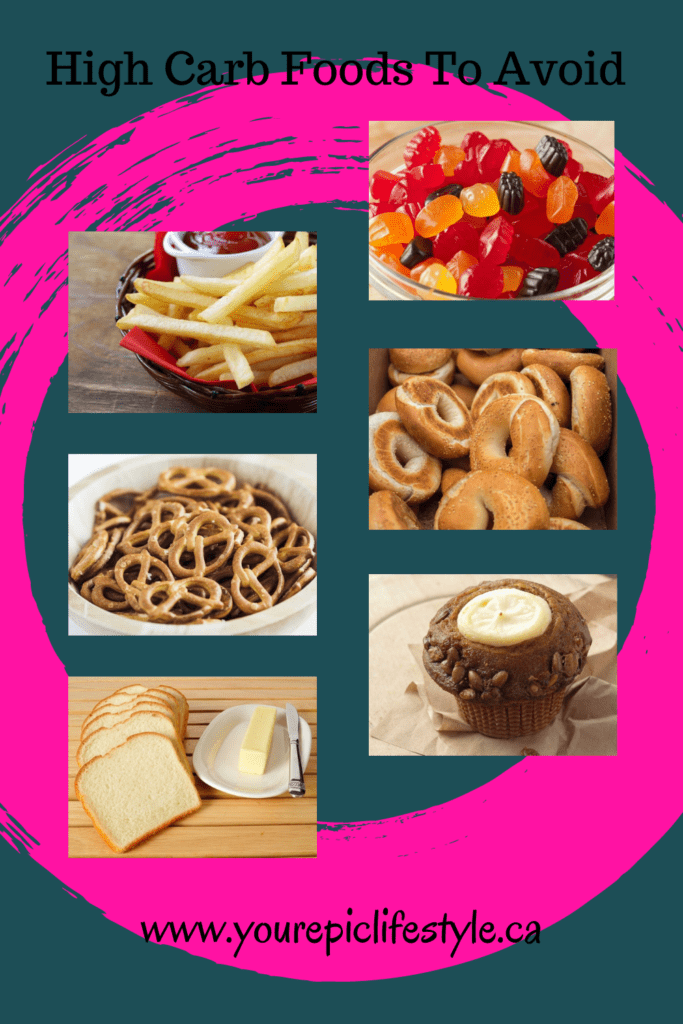
Bad Carbs vs Good Carbs
A lot of carbohydrates that many people believe are “healthy” more often are just extra calories that don’t really give a whole lot of nutrient density.
As well many types of bread and cereals are cleverly marketed to be “whole grain”, but in reality, the first ingredient on the list is refined flour, which will just blast your blood sugar levels to the moon.
Even “whole grain” items have been determined to have as much of a blood sugar influence as refined grains in most cases, particularly when we talk about wheat products.
Unfortunately, the bran portion of whole grains is also bad because it contains the majority of gut-damaging antinutrients that can aggravate your digestive system or stop the absorption of particular minerals by your body.
What does “low carb” vs “moderate carb” vs “high carb” even mean?
According to Nutrition expert and author Chris Kresser, below I share with you the differences he has determined between low, moderate, or high carb ratios as they compare to your total calorie intake.
Remember that the average person consuming a modern western diet eats a huge 50-60% of their calories from carbs.
- “Very Low carb = lower than 10% of total calories (Good for therapeutic uses such as cancer treatment, Diabetes treatment, Alzheimer’s & other conditions)
- Low carb = 10-15% of total calories (good for weight loss, blood sugar control, digestive improvement, and Diabetes control)
- Moderate carb = 15-30% of total calories (good range for the average person to maintain weight, balance energy, balance hormones, etc)
- High carb = greater than 30% of total calories (Good for people that want to GAIN weight, gain muscle, or are high-level athletes)”
Personally, I tend to bounce between the moderate-carb group and the low-carb group depending on the day and what I’m doing physically, so I fluctuate between 10% to 30% of my daily calories from carbs.
I have found this to be where my body feels and performs its best. Everyone’s body is different, so you may have to experiment with what works best for you.
In the past, I was in the “high-carb” category and would pack the body fat on like crazy and my energy levels were at an all-time low.
Now I do my best to keep high-carb days to only 1 day per week, my “cheat day” and even then I feel the decrease in energy.
Note: If you consume 2000 calories per day, then that means 200 calories or approx 50 grams of carbs for the day would be 10% of your total calories.
For me, because of my size and higher activity levels (extremely physical work, mountain biking, hiking, etc), my daily intake is more around 3000 calories, so that means 75 grams of carbs would represent 10% of my calories (75 x 4 = 300 calories from carbs).
On most days, I try to stay between 50-100 grams of total carbs, which is equivalent to 1 piece of fruit, 1 sweet potato, and various veggies throughout the day.
I also use intermittent fasting on an 18-6 schedule and our B-KETO supplement in the morning to promote ketosis in a fasted state. I have found this has accelerated my body fat burn substantially.
From my research, I believe that the majority of people struggling to lose body fat would have better results following these guidelines for different types of carbs:
1. Decrease or eliminate your grain-based carbs like cereal, pasta, rice, crackers, etc and concentrate more on eating healthy grass-fed and/or free-range meats and eggs, grass-fed raw dairy or fermented dairy (kefir and yogurt), nuts, and lots of vegetables and berry fruits (for most people, keeping other fruits to 1-2 pieces per day works best).
I totally understand that it can be very difficult for most people to give up completely their bread, cereals, and pasta. But don’t worry, just save them for your “cheat day” so once a week you can satisfy your craving.
Interestingly, I have found over time that on my cheat day the cravings for those types of food have become less and less.
2. Alternatively swap the grains for most of your carb intake and start getting the majority of your carbs from vegetables, sweet potatoes, and a mixture of whole fruits and berries (again NOT fruit juices, as they remove the beneficial fibre as well as the other vital vitamins and minerals of the fruit).
3. If you feel you need to eat any grains on occasion, focus more on sprouted grains or sourdough. Since sourdough bread has been fermented, some of the antinutrients are broken down, and it is believed even gluten is somewhat more digestible.
Note on wheat germ – A lot of people have wheat/gluten intolerances and don’t even know it. It is advised if you eat wheat germ to pay close attention to how you feel afterwards. It may be worth it to get tested to know how your body is dealing with wheat.
The sprouted grains are healthier than “whole grains” because the sprouting method deactivates many of the antinutrients that can cause digestive problems. Check the labels and be sure that it is not made with regular flour as the main ingredient and only a portion is sprouted grains. Look for 100% sprouted grain.
4. I grew up eating lots of bread, pasta, cereals, and other carb sources, so to fill that void, I try eating more healthy fats such as avocados, coconut oil, olive oil, olives, nuts, seeds, grass-fed butter and cream, aged cheeses, nut butter, as well as healthy proteins such as grass-fed dairy and meats, whole free-range farm fresh eggs, etc.
As with a Keto diet, healthy fats and proteins work very well in satisfying your appetite, regulating proper hormone and blood sugar levels, and help you to make solid progress towards fat loss.
Eating more healthy fats instead of carbs will also assist in transitioning your metabolism into a “fat-burning metabolism” instead of like most people being a “carb burner metabolism”.
Having a “fat-burning metabolism” allows you have more stable energy levels, stable blood sugar and balanced hormones.
On the other side, if you have a “carb-burner metabolism” you will experience more energy spikes and dips, blood sugar swings, and carb cravings.
Now with saying all that, even when I’m consuming a low-moderate carb diet, here’s one of my favourite carb sources that have tons of vitamins, minerals, antioxidants and is a great source of fibre:
Sweet potatoes or yams
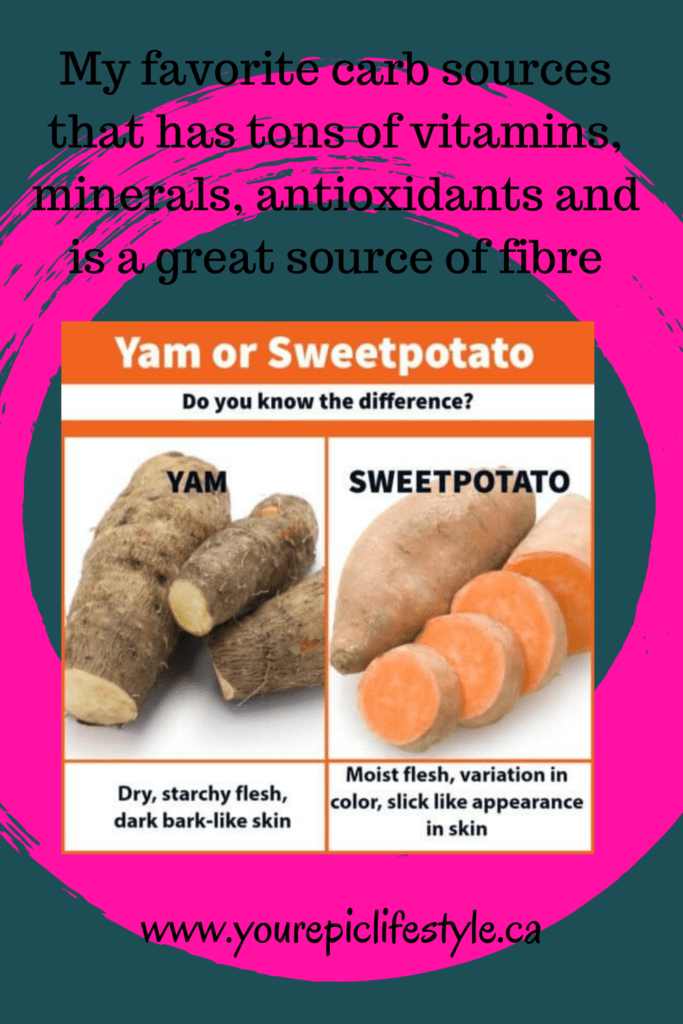
I really like the orange varieties over the white varieties of sweet potatoes because they have more carotenes.
The problem with cooking a whole sweet potato is that it can take 1 to 1 1/2 hours to cook, so I like to cut it into thin slices and put it in a pan that I can cover with a lid.
Then I add a touch of butter, virgin coconut oil (beneficial medium-chain triglycerides), and about 3-4 Tbsp of water and simmer with a covered lid for about 5 minutes.
When the sweet potatoes are soft, I then add a little cinnamon and a touch (no more than a teaspoon) of real maple syrup (if I want a little more sweet flavour) and I’m all set with a tasty healthy carb side dish, add a side salad and a meat of your choice and voila you’ve got a perfect lean-body meal.
I truly hope this article gives you a better understanding of good carbs vs bad carbs, low carb vs high carb and clears up the confusion around the truth about carbs.
Feel free to share this article with friends and family who may be struggling to lose body fat.
As with anything new like changing your diet I always suggest starting slow and take it one day at a time, be patient with yourself, if you fall off one day, it’s ok, just get back on track the next.
Small progress daily, leads to big results over a long period of time.
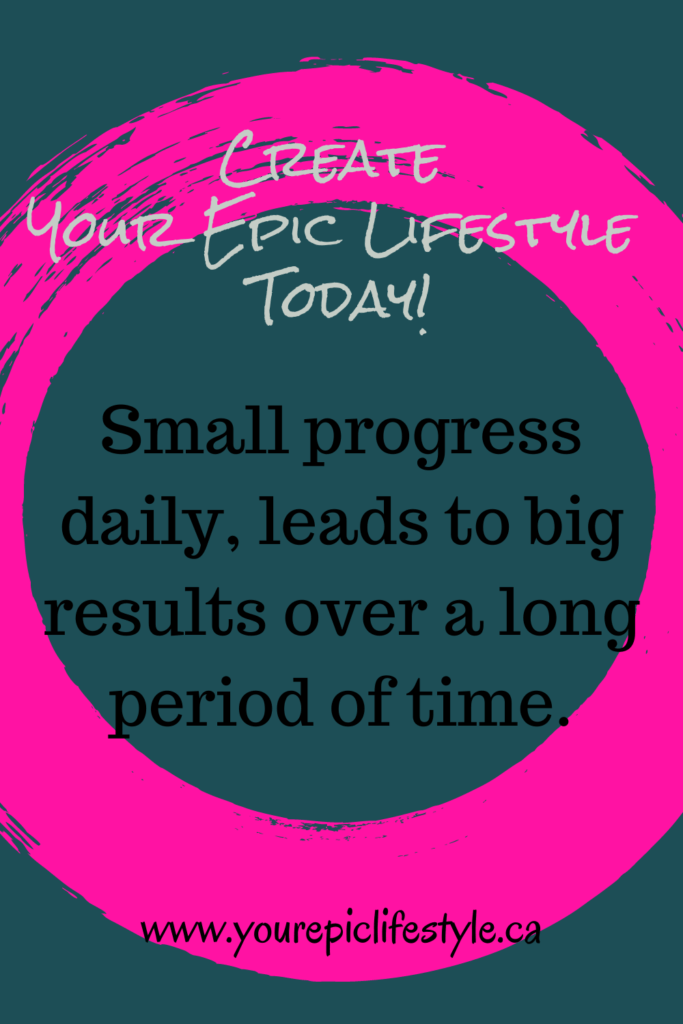
If you have any questions or are looking for everyday High-Performance all-natural supplements to help you reach your goals, contact us through our live chat in the bottom right corner, we are standing by to help you out.

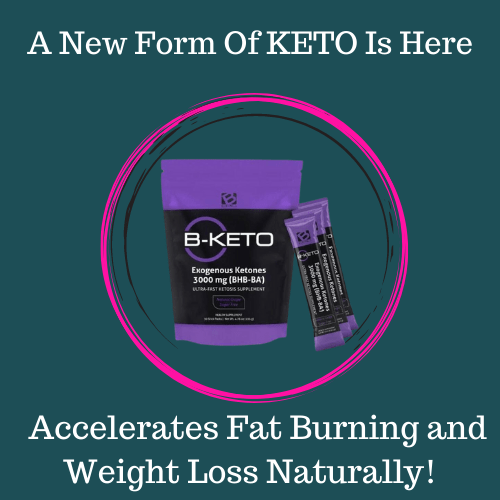
Pingback: The Most ESSENTIAL Diet Lesson You Need To Know -
Pingback: The Most ESSENTIAL Healthy Diet Lesson You Need To Know -